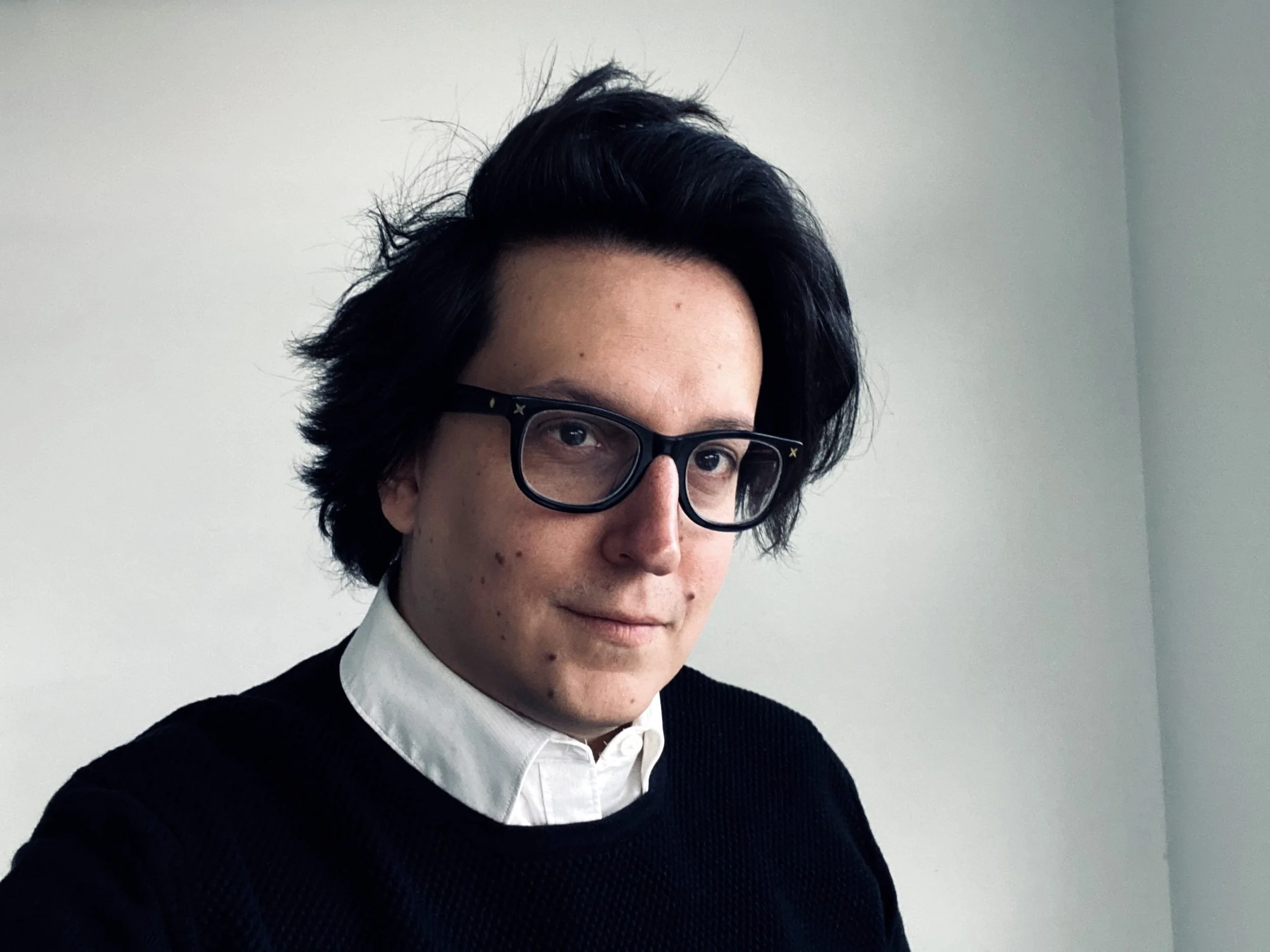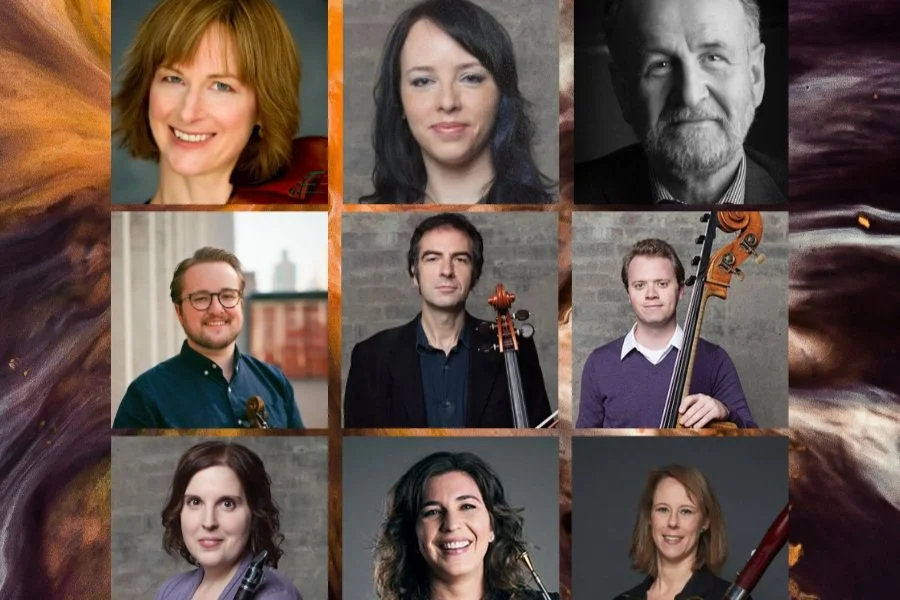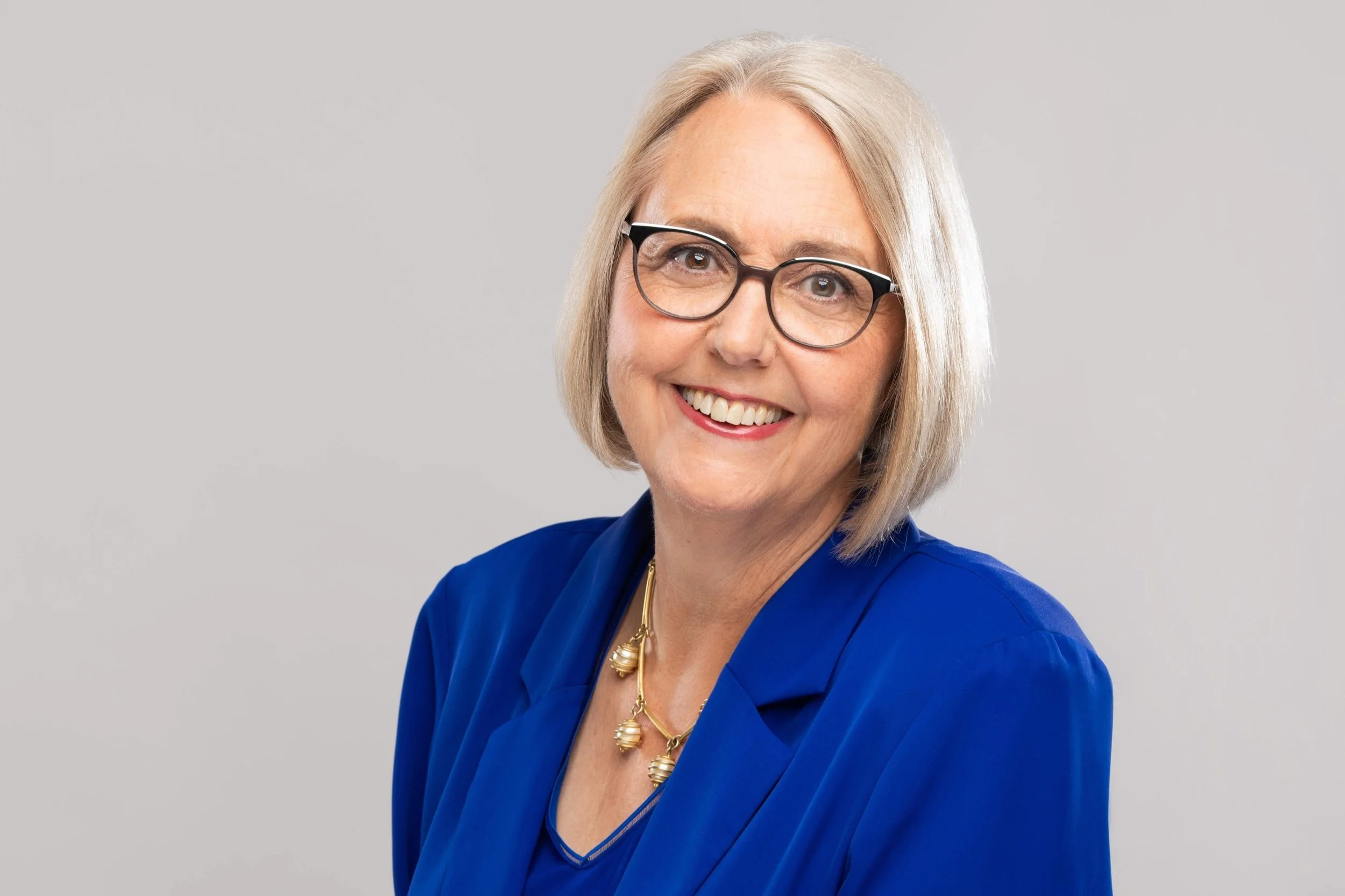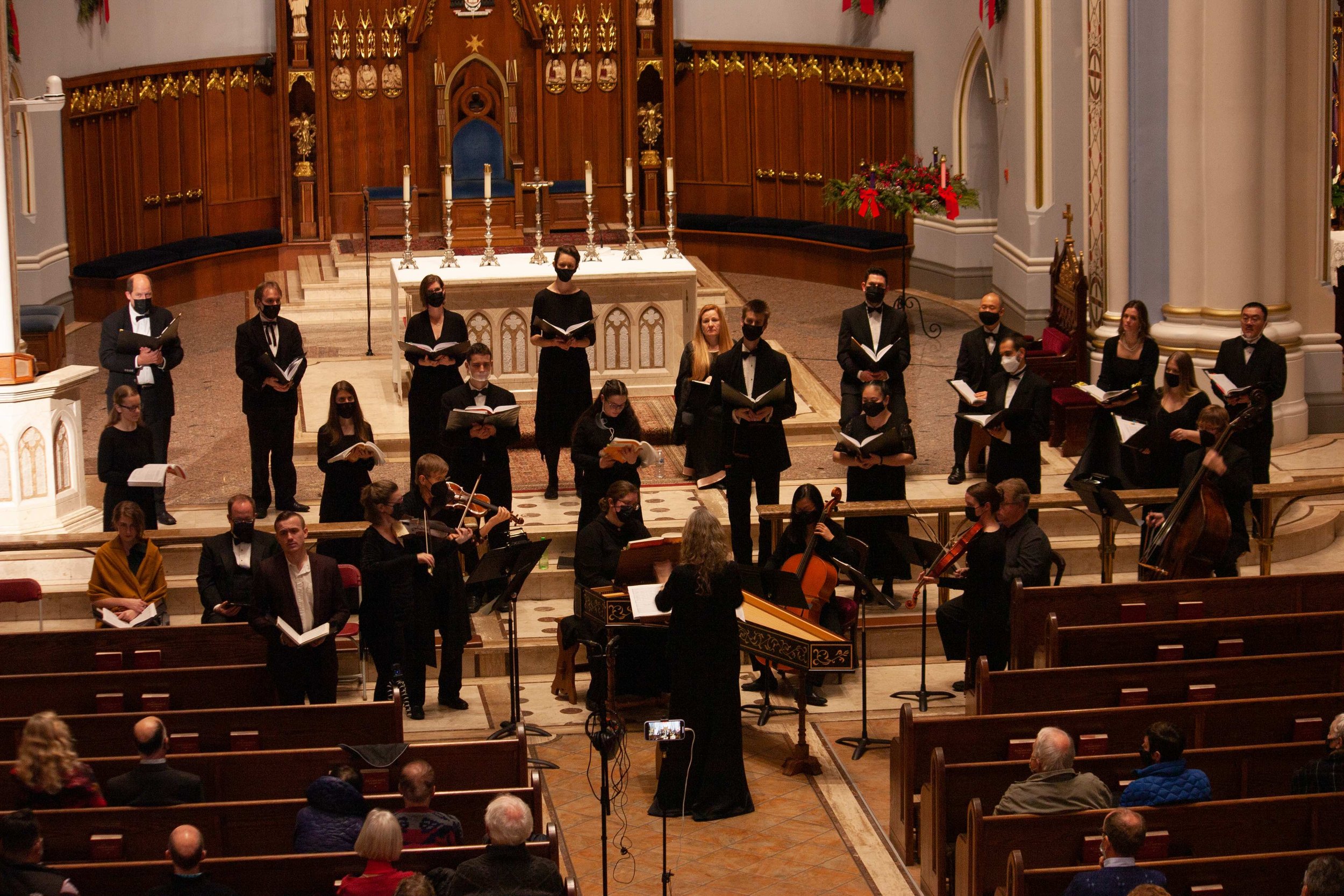Violin star Stephen Waarts draws on his scientist-family's research approach, but playing is pure artistry
Appearing at the Vancouver Recital Society, the Dutch-American string virtuoso plays a program that spans Debussy, Schumann, and rarely played Enescu
Faced with a new score, Stephen Waarts makes a careful evaluation of the known facts and only then adds the magic of interpretation.
Vancouver Recital Society presents Stephen Waarts and Gabriele Carcano at the Vancouver Playhouse at 3 pm on March 27
BORN TO scientist parents, Stephen Waarts could easily have followed their career path—except for a fortuitous encounter when he was just five years old.
“I was lucky in that I went to a private kindergarten, and it required lessons in either violin or recorder,” the Dutch-American violinist says, interviewed by phone from his home in Berlin. “I have a twin brother, and we went to a concert of the violin teacher’s where all the six- and seven-year-olds played. My brother went ‘Oh, I want to do that,’ and I sort of tagged along.”
Fate pulled Waarts’s brother away from the violin; he’s now doing cancer research. Stephen, however, persevered, although it’s possible to describe his approach to music as essentially scientific. Faced with a new score, he makes a careful evaluation of the known facts and only then adds the magic of interpretation.
His first priority, Waarts explains, is to grasp the composer’s intention, as spelled out on the page. “Of course, everyone says that!” he notes, laughing. “And there’s also a willingness to rehearse quite a bit, so as to get past the surface level. To see what can be done—or what can’t be done, maybe. I try to find the ideal interpretation that way.”
There’s an analogy here to the scientific method of trial-and-error investigation: Waarts explains that during the rehearsal process his reading of a score almost always changes, often quite radically. But that he is more of an artist than a researcher is obvious when he performs, and for proof one need only go to online videos of him playing Johann Sebastian Bach’s Partitia No. 1 in B minor from his Berlin living room during the height of the pandemic lockdown (see below). Tackling this devilishly complicated piece at a ferocious tempo, he demonstrates his masterful command of his instrument, but also proves that there is a vast reserve of passion and determination behind his soft-spoken exterior.
In Italian pianist Gabriele Carcano, who’ll join Waarts for his upcoming Vancouver Recital Society appearance, the violinist has found a like-minded partner.
“Sometimes with other pianists they’re not so keen to rehearse so much, so it’s really nice with Gabriele that he likes to play things over many times,” he notes.
The two met at a Polish music festival in 2015, but didn’t play together until a year later, after Waarts had moved to Berlin. “I was looking for a pianist to play in some recitals with me, so I asked Gabriele if he would be interested, and he said yes. So since then we’ve been playing together regularly.
“I think we both have the same priorities in making music,” he continues. “That’s the most important thing; that you’re kind of on the same page. And then if you have little differences, it only makes it more exciting if you have the same, um… bigger picture, let’s say.”
When it comes to Waarts and Carcano’s upcoming recital, the big picture is that they’ll be concentrating on music from the first part of the 20th century, with one historical digression. Opening with Claude Debussy’s Sonata for violin and piano in G minor, from 1917, they’ll go on to play Jean Sibelius’s Four Humoresques, also from 1917, and George Enescu’s Sonata No. 3 in A minor, from 1926. The ringer is Robert Schumann’s 1851 Violin Sonata No. 2 in D minor, but as Waarts points out “Schumann was very much ahead of his time.”
For many listeners the revelation in this collection of masterpieces will be the Enescu, both because the great Romanian’s music is rarely played in Vancouver and because it plays to Waarts’s musical interests while challenging his interpretive capabilities. The 26-year-old musician has already made a name for himself as a champion of Béla Bartók’s music for the violin; Enescu was Bartók’s contemporary, and shared a similar interest in extrapolating technically and intellectually demanding music from folk sources.
The Sonata No. 3 in A minor is “a fantastic piece, with so many colours and such a special quality somehow,” Waarts says. “At that time in his life Enescu was looking back on his Romanian roots. A lot of his earlier music is more formal, you could say, going into the tradition of Brahms and expanding on that, but when he wanted to write this sonata he researched into Romanian folk playing and so on, and so the sonata is subtitled something like ‘in the Romanian style’. Even among his own works it’s unique, I think.”
Waarts doesn’t claim to be a musicologist, and has not done in-depth research into Romanian folk fiddling. “But for every piece we need to find the right way to get into the language, and sometimes with this sort of folk-derived music you want a little bit less of a concentrated sound,” he points out. “That has a lot of technical implications: sometimes the attack is a bit ‘messy’, you could say, and the sound quality in general can be different. So that’s a challenge for me in this program, actually, to use a different sound quality in the Enescu and the Debussy, for example.”
Given his analytical mind, stellar musicianship, and penchant for practice, however, it should be a challenge Waarts will easily master.














